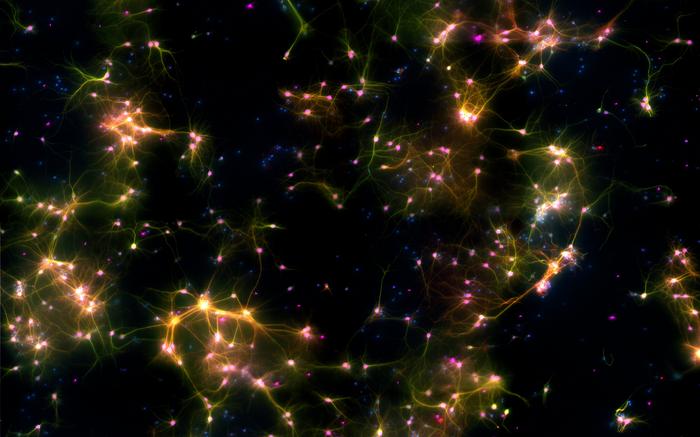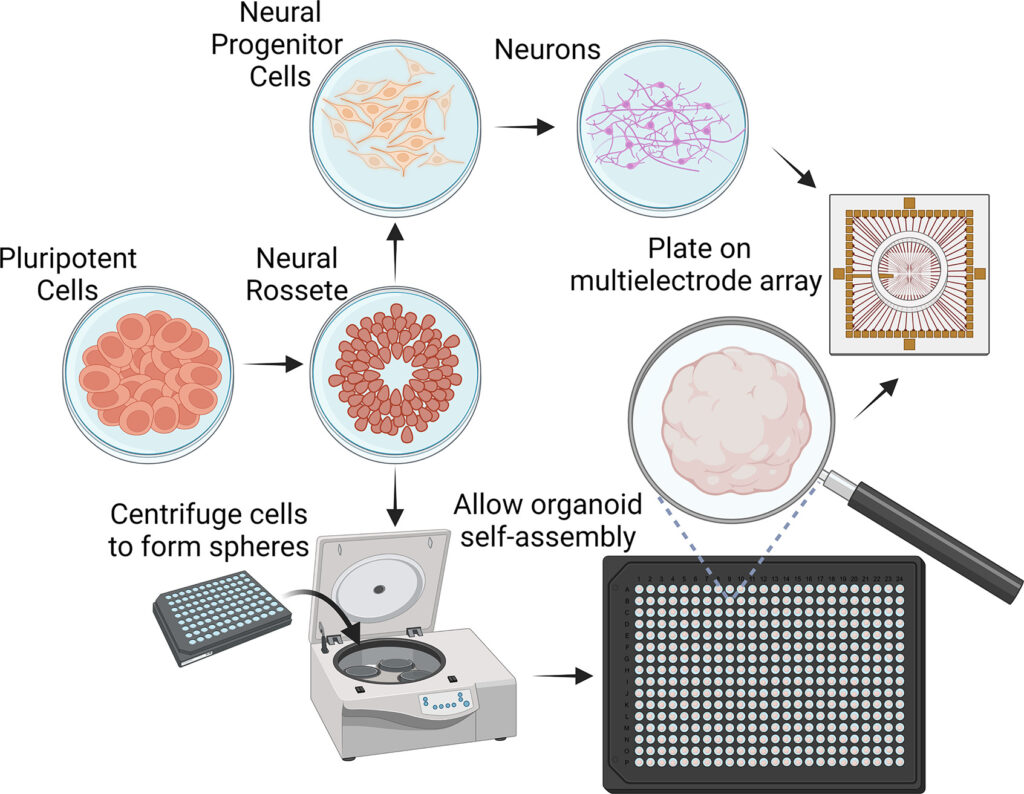From Cortical Labs 20/09/23

No longer limited to the realm of science fiction, bio-computing is here, so now is the time to start considering how to research and apply this technology responsibly, an international group of experts says.
The inventors of DishBrain have partnered with bioethicists and medical researchers to map such a framework to help define and address the problem in a paper published in Biotechnology Advances.
“Combining biological neural systems with silicon substrates to produce intelligence-like behaviour has significant promise, but we need to proceed with the bigger picture in mind to ensure sustainable progress,” says lead author Dr Brett Kagan, Chief Scientific Officer of biotech start-up Cortical Lab.

The group were made famous by their development of DishBrain – a collection of 800,000 living brain cells in a dish that learnt to play Pong.
While philosophers have for centuries pondered concepts of what makes us human or conscious, co-author and Uehiro Chair in Practical Ethics at the University of Oxford, Professor Julian Savulescu, warns of the urgency to determine practical answers to these questions.
“We haven’t adequately addressed the moral issues of what is even considered ‘conscious’ in the context of today’s technology,” he says.
“As it stands, there are still many ways of describing consciousness or intelligence, each raising different implications for how we think about biologically based intelligent systems.”

The paper cites early English philosopher Jeremy Bentham who argued that, with respect to the moral status of animals, “the question is not, ‘can they reason?’ nor, ‘can they talk?’ but, ‘can they suffer?’”.
“From that perspective, even if new biologically based computers show human-like intelligence, it does not necessarily follow that they have moral status,” says co-author Dr Tamra Lysaght, Director of Research at the Centre for Biomedical Ethics, National University of Singapore.
“Our paper doesn’t attempt to definitively answer the full suite of moral questions posed by bio-computers, but it provides a starting framework to ensure that the technology can continue to be researched and applied responsibly,” says Dr Lysaght.
The paper further highlights the ethical challenges and opportunities offered by DishBrain’s potential to greatly accelerate our understanding of diseases such as epilepsy and dementia.
“Current cell lines used in medical research predominately have European-type genetic ancestry, potentially making it harder to identify genetic-linked side effects,” says co-author Dr Christopher Gyngell, Research Fellow in biomedical ethics from the Murdoch Children’s Research Institute and The University of Melbourne.

“In future models of drug screening, we have the chance to make them more sufficiently representative of the real-world patients by using more diverse cell lines, and that means potentially faster and better drug development.”
The researchers point out that it is worth working through these moral issues, as the potential impact of bio-computing is significant.
“Silicon-based computing is massively energy-hungry with a supercomputer consuming millions of watts of energy.
By contrast, the human brain uses as little as 20 watts of energy – biological intelligences will show similar energy efficiency,” says Dr Kagan.
“As it stands, the IT industry is a massive contributor to carbon emissions.
If even a relatively small number of processing tasks could be done with bio-computers, there is a compelling environmental reason to explore these alternatives.”



